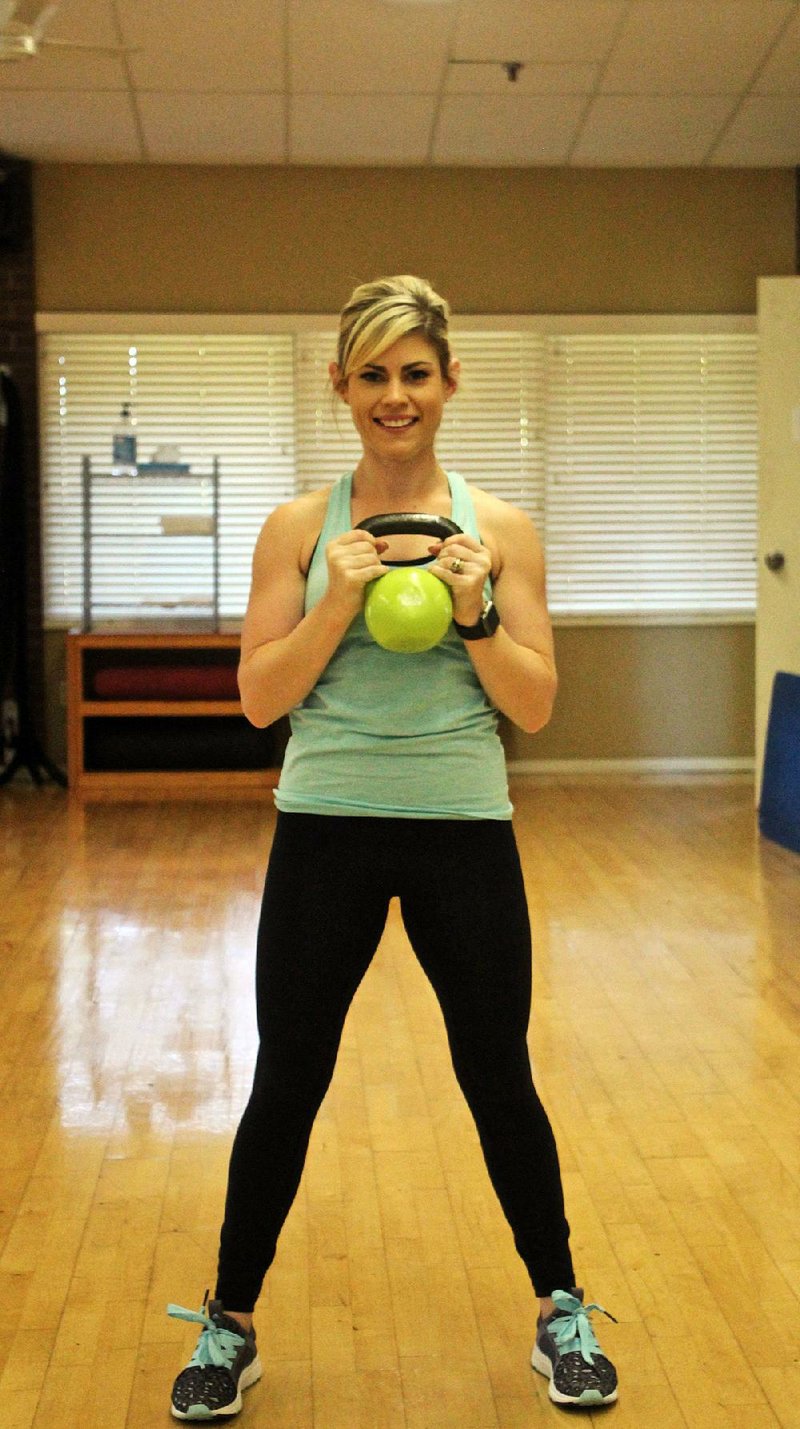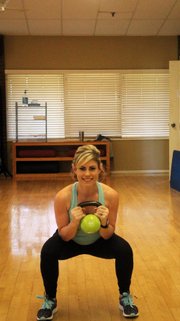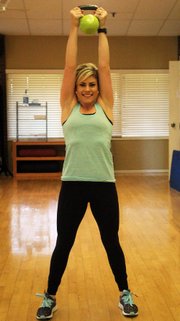Next time you step into your local fitness center, take note of the number of people performing lower-body strength training. Chances are, there aren't many.
It's a category of strength training that receives little fanfare and yet is critically important, for a number of reasons.
This week, I'll present a few ways to sprinkle in some lower body strength training without adding much time to your workout. Plus, I'll introduce a total body movement that includes the lower body effectively.
Almost all cardiovascular exercises affect the lower body. Whether the activity is running, cycling or swimming, the legs are constantly being challenged. For those exercisers who engage in cardiovascular training, lower-body muscular endurance is already being addressed effectively. But what about leg strength?
Leg strength is not specifically improved with cardiovascular training. The connective tissue and the muscles in the lower body need to be challenged with progressive resistance exercises in order to continue to perform at high levels. So my recommendation is to include at least a small element of lower-body strength training into any regular exercise routine.
The easiest way to bring in lower-body strength training is to add more total body movements. These functional exercises challenge the lower body and upper body at the same time, and without creating the localized "burn" that we tend to associate with leg extensions or leg curls.
Total body movements also help one maximize workout time. Rather than setting aside 10 minutes to do a lunge and a biceps curl separately, you can perform them at the same time in half the time. It's a win-win strategy that provides an opportunity to focus on other areas (more cardio, abs, etc.) or simply cut time off the overall workout.
Best of all, total body exercises include the lower body in a safe, effective and functional way.
This week's exercise is (you guessed it) a total body movement that is appropriate for all fitness levels. The Kettlebell Thruster is an easy exercise and only requires a single piece of equipment that anyone can procure for about $50 -- a kettlebell.
1. Grasp the handle of a medium-weight kettlebell with both hands, palms facing inward toward one another.
2. Stand with your feet just beyond shoulder width apart.
3. Hold the kettlebell at chest level with your elbows tucked close together beneath the kettlebell.
4. Squat down by bending the hips and knees. Continue squatting as low as you can comfortably go, then quickly stand back up and simultaneously extend the kettlebell over your head with extended arms.
5. That's one repetition, so move right into the rest of the set without stopping.
6. Perform two sets of 12.
The key to managing the intensity of this exercise is selecting the right kettlebell. At first, try a 5-pound or 10-pound kettlebell that will allow you to build confidence and understand the movement pattern.
The overhead press portion of the movement will be the most challenging, but remember to use the momentum of the squat to propel the weight upward. Using the shoulders without any momentum from the squat will not only make the exercise more difficult, but it would eliminate the functional aspect of the exercise. Enjoy!
Matt Parrott has a doctorate in education (sport studies) and a master's in kinesiology and is certified by the American College of Sports Medicine.
ActiveStyle on 11/20/2017



